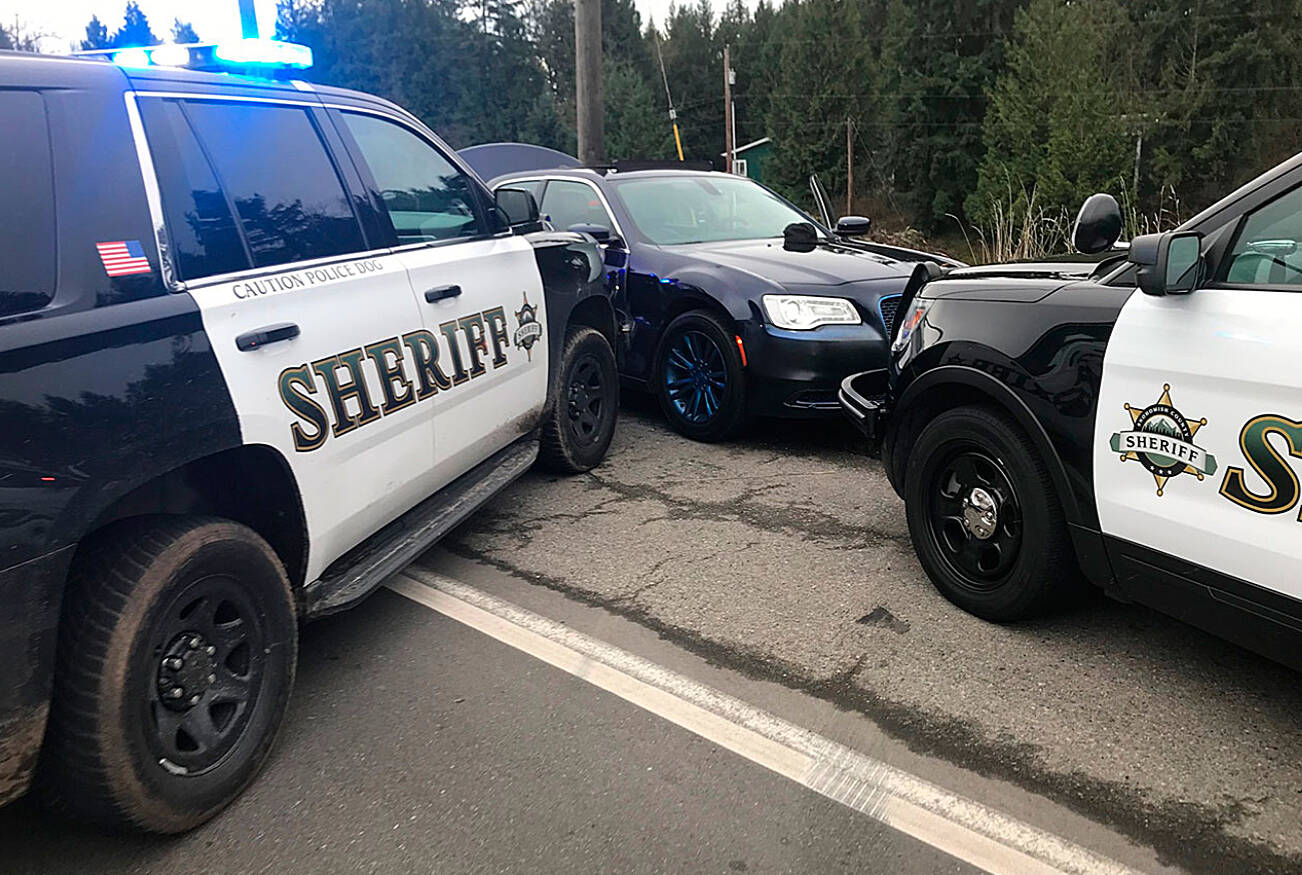
Featured image by Aleksandr_Kuzmin/Shutterstock.com.
Starting June 6, police officers in Washington state will have broader reign to chase drivers suspected of a crime. Under the previous iteration of the law, officers were only allowed to pursue a driver under very narrow circumstances. In short, the officer needed “reasonable suspicion” that someone in the car had committed a violent crime, sex crime, domestic violence or a vehicular assault, was attempting to escape custody or was driving under the influence. Now, after Initiative 2113 was passed in March, officers can pursue a car if they have reason to believe someone inside the vehicle violated the law in any way.
2021 PURSUIT LAW WAS CONTROVERSIAL
The initiative reverses changes made by a 2021 law, which limited police pursuits, among other restrictions on the amount of force that officers could use. Critics of the law said that it didn’t give law enforcement enough authority to pursue suspects and protect communities, pointing to rising crime in the state.
According to FBI data, Washington’s violent crime rate rose from 303 offenses per 100,000 people in 2019 (and 294 in a pandemic-affected 2020) to 336 in 2021 and 376 in 2022. Proponents of the reform, meanwhile, cited evidence that high-speed chases endanger the public and claim they should only be conducted when absolutely necessary.
According to the San Francisco Chronicle, over 3,000 people died nationwide in police chases between 2017 and 2022, including over 500 bystanders. More data found that the state saw 11 deaths as a result of police pursuits in the 15 months before the reforms took effect, and two deaths in the 15 months following the reforms.
WHAT ELSE DOES INITIATIVE 2113 CHANGE?
In addition to broadening the number of crimes that police are allowed to pursue a vehicle for, I-2113 lowers the standard needed to set off a pursuit. Before, a suspect needed to pose a “serious risk of harm to others” in order for police to start a pursuit. Now, they need to deem the suspect “a threat to the safety of others” in order to justify a chase.
The offense of Eluding is basically a driver intentionally disobeying a law enforcement officer’s command to stop. Some examples of “evading” include:
- immediately speeding away from the officer
- stopping but then driving off
- driving several miles before pulling over
- increasing the speed of the vehicle, or
- extinguishing the vehicle lights.
Please contact my office if you, a friend or family member are charged with Eluding or any other crime. Hiring an effective and competent defense attorney is the first and best step toward justice.















